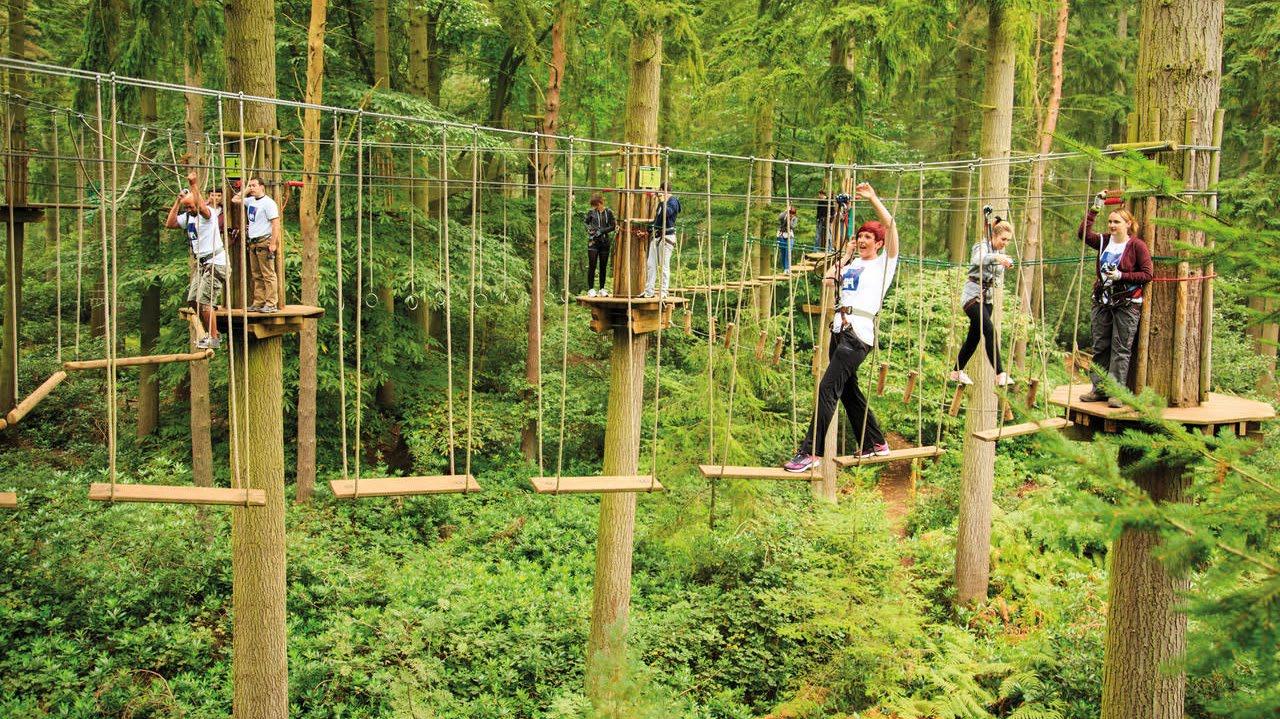PARKS & RECREATION SYSTEM MASTER PLAN
Columbus & Robeson County



At the county level, system master plans are an overview of guidelines that help counties and municipalities develop inclusive park networks that service most residents.
These master plans encourage the development of ecological corridors, greenway masterplans, and community growth through outlined plans and phasing implementation .


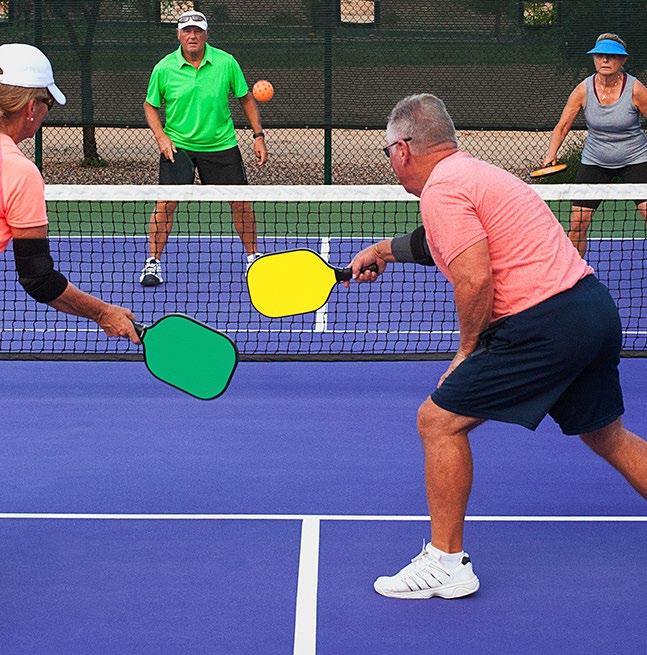
Who makes up the county?
What is the lifestyle type?
What is currently existing?
What is missing that might be important to residents?
Level of Service looks at specific amenities and which communities they are serving, where are we missing amenities?
What do residents desire? What are the opportunities and constraints? How can we improve quality of recreation?
How does the county compare? Where are the deficits? Which deficits are aligned with community desires?

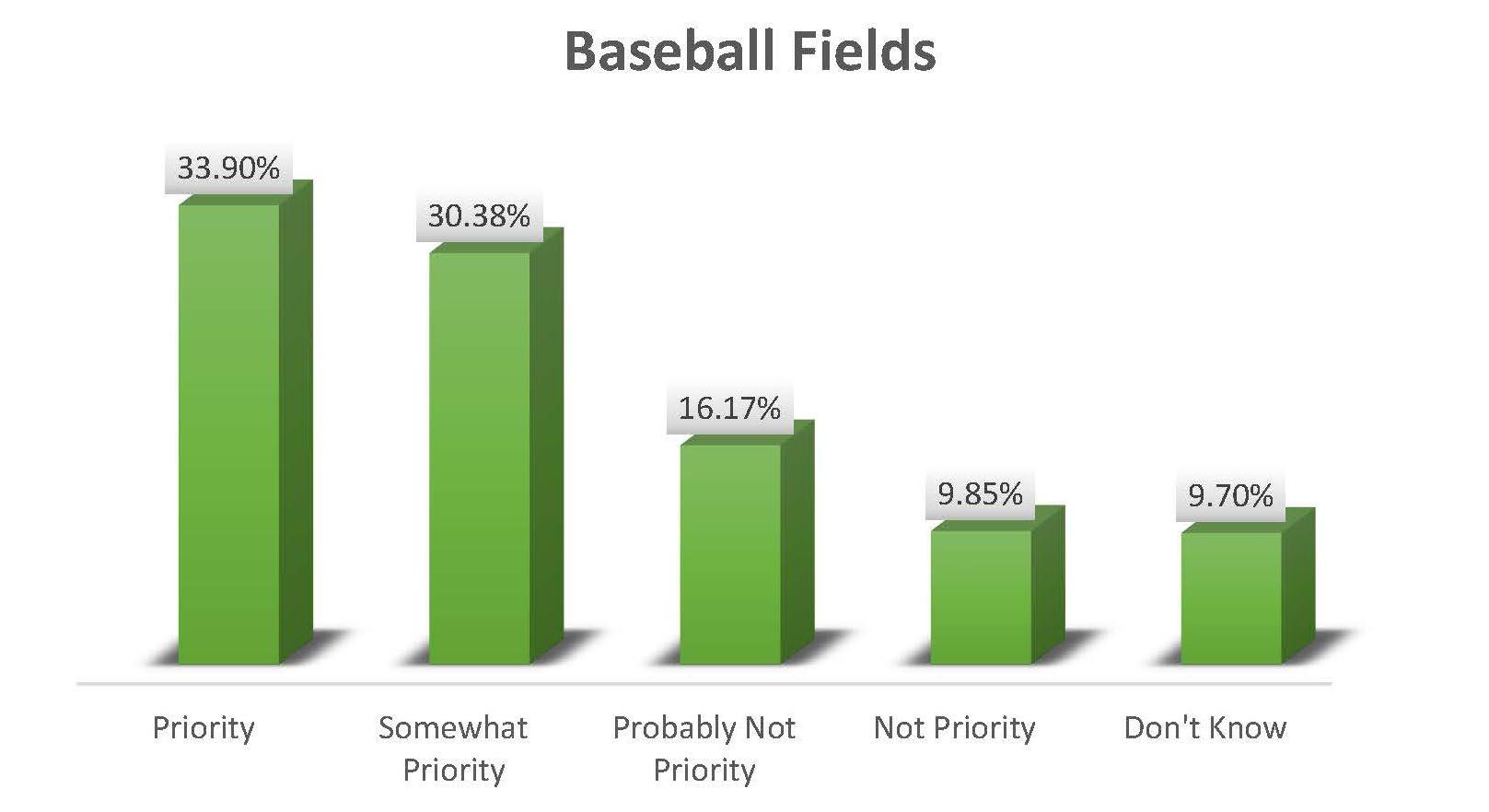
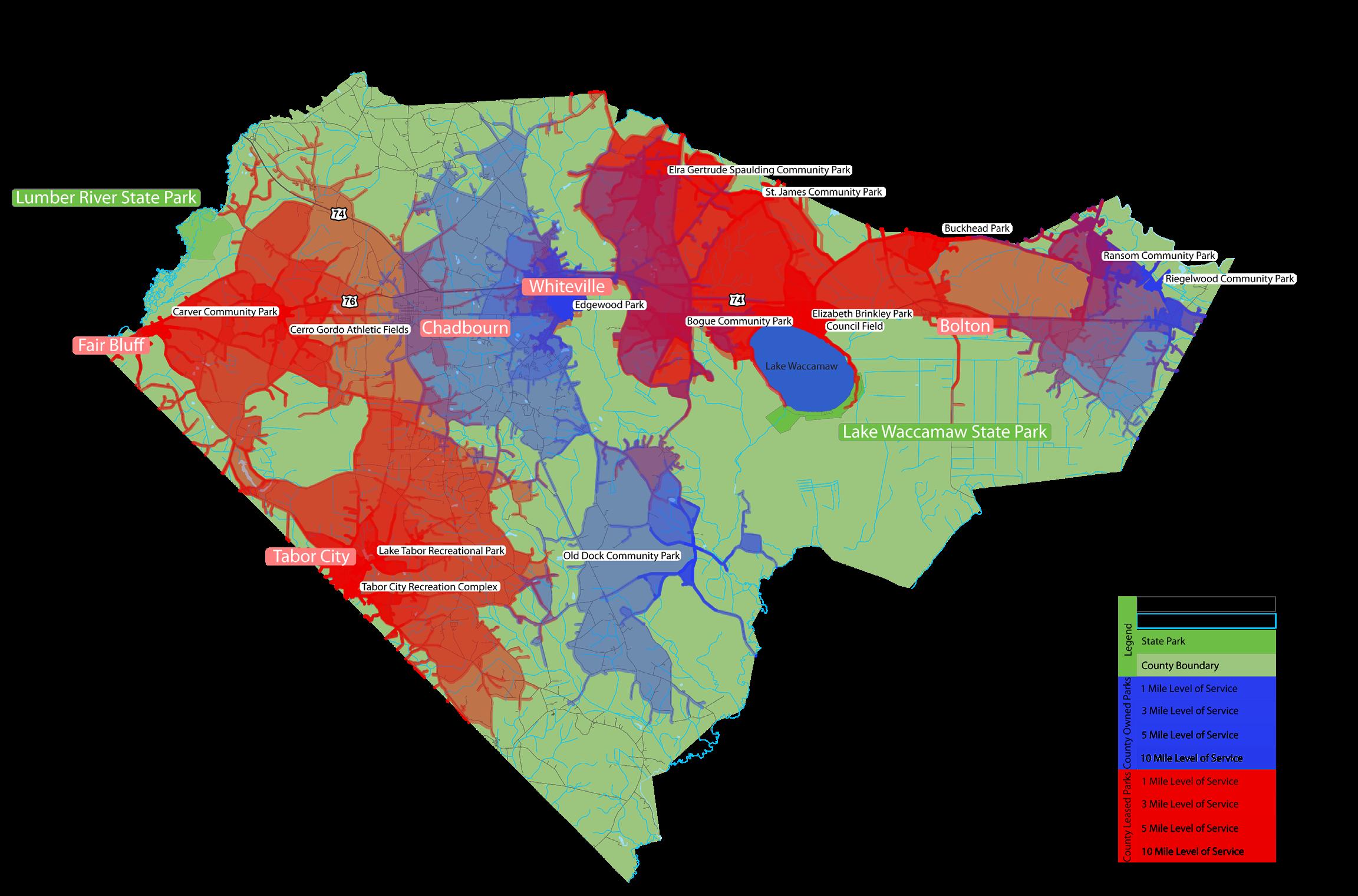
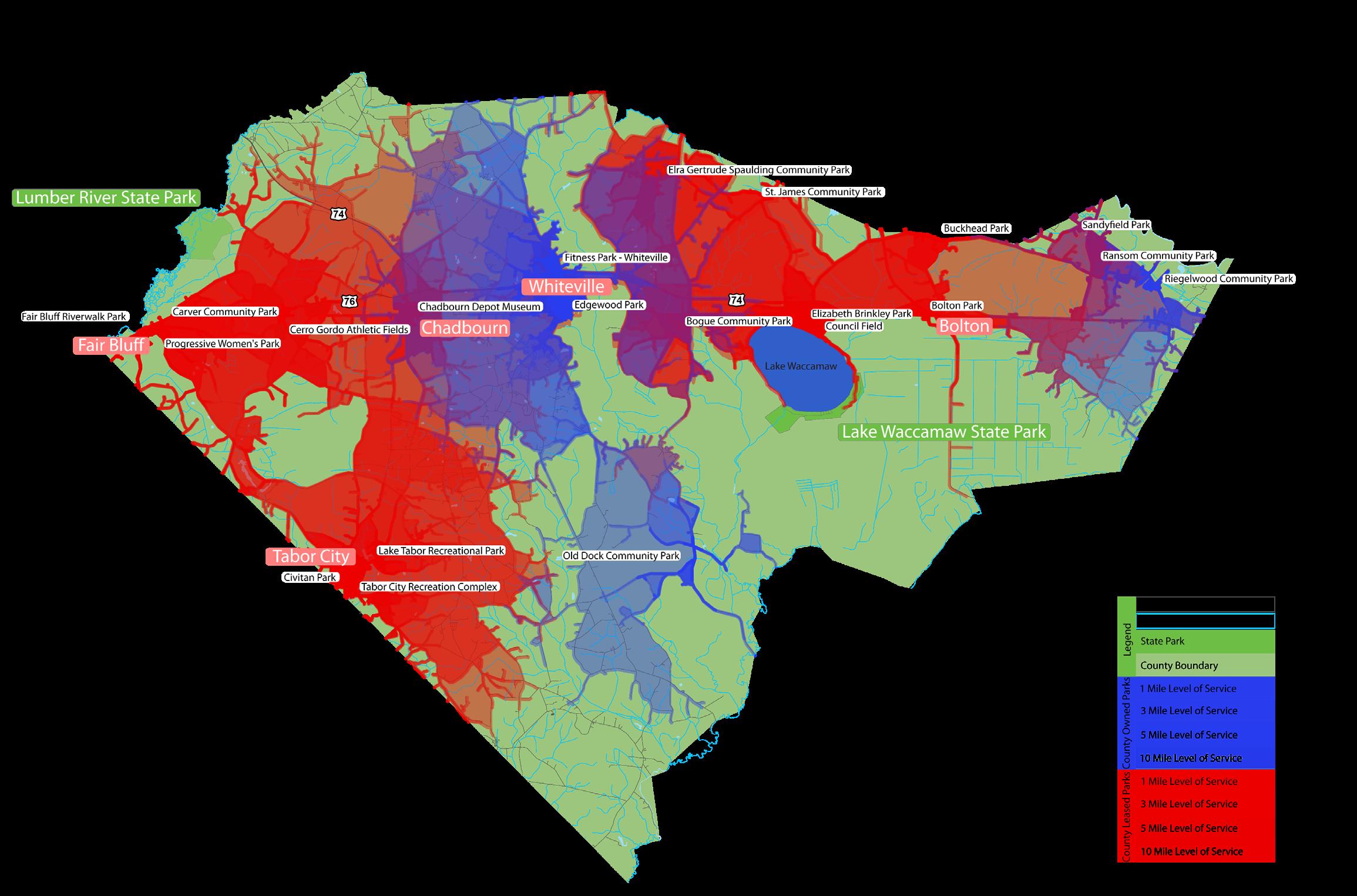
To gather feedback from communities, 3 - 4 meetings are held around the community with guided exercises to encourage pointed information to be shared and conversations to be sparked.






Final tasks include presenting findings and recommendations, gauging the relativity of improvements. One presentation is to the community while the last one is with the Board of Commissioners for approval of funds and enactment.
Grants and other forms of funding for parks and other endeavors are researched and presented within the document, offering options to aid with park development.



Google and other resources are not always up to date in rural counties, this requires diligent research and quality notes.
Equitable outreach is not an easy task, having several forms of access and data collection is important.
These budgets are often limited.
These plans are 5 - 15 years in the future, costs and funding changes.
These Parks Departments are often under - staffed and resources are stretched thin . Leadership is integral to moving these plans along and is not always available.
There are several of moving parts in these projects, especially with visioning. Analysis is extremely important.
Ensuring facilities and programming is aligned, it is important to see the relationship between the two.
Integrating parks and other aspects help communities come together and create safer, cleaner areas.
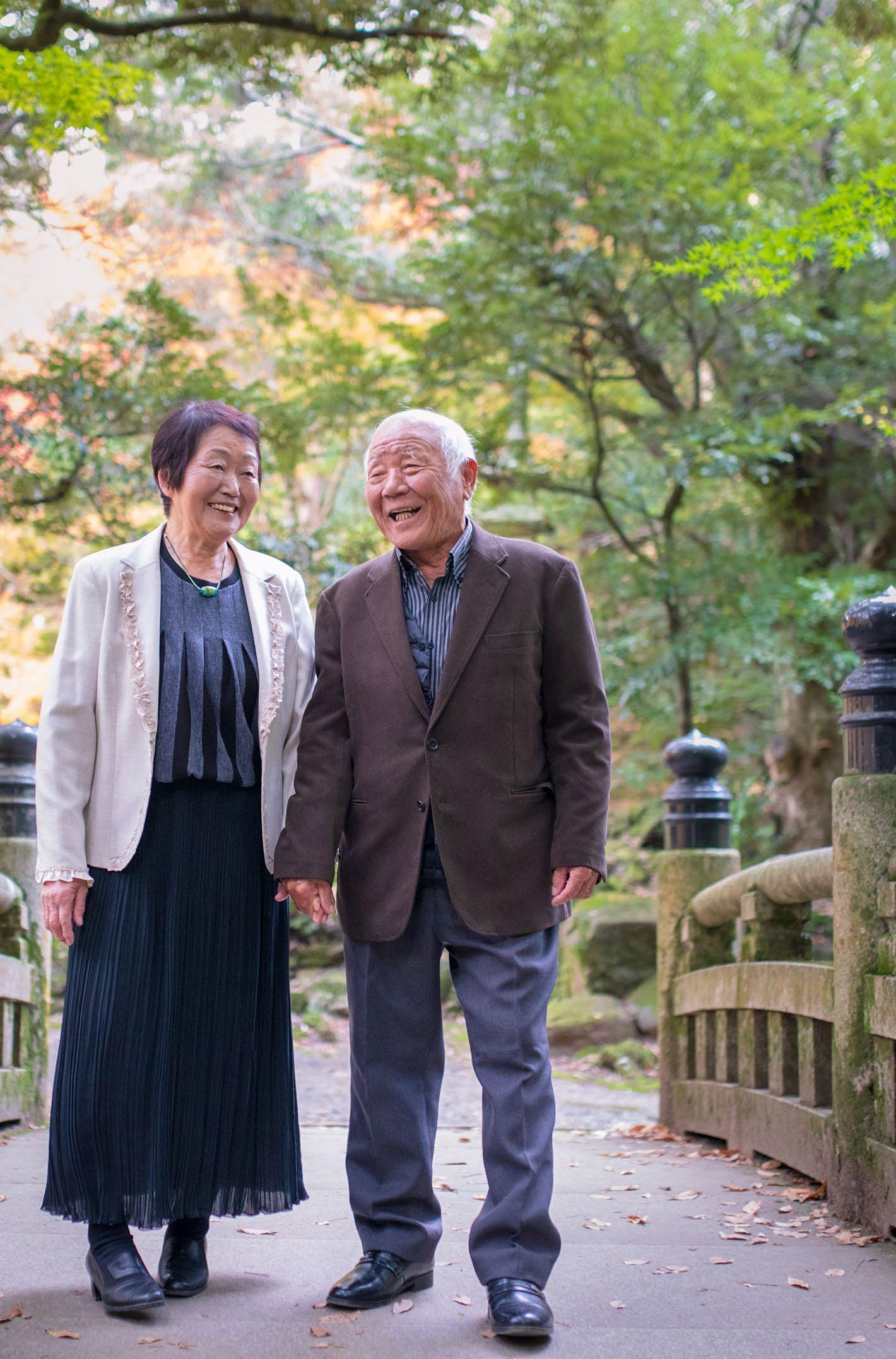
Programming help kids get outside and exploring interests with others often having many beneficial effects, especially connecting kids to nature.
Parks and programming help to mingle different areas of a community.
Getting outside and interacting with nature and community help with physical and mental health.
This is one of the ways communities can directly see impact from their local governments and may even get them more engaged.
Interacting with local nature inevitably exposes folks to the intrinsic value greenspace serves and the habitat that stem from these areas. Providing a subtle form of education to communities.
County Parks & Recreation Master Plans require several layers of investigation and employ many of our skills as landscape designers/architects with fruitful outcomes. These are often fulfilling projects that lead to community and parks development in positive ways, such as ecological and economic impact. These help to improve quality of life while providing local government a roadmap to develop their communities. Lastly, it positions WR for more parks work down the line.

